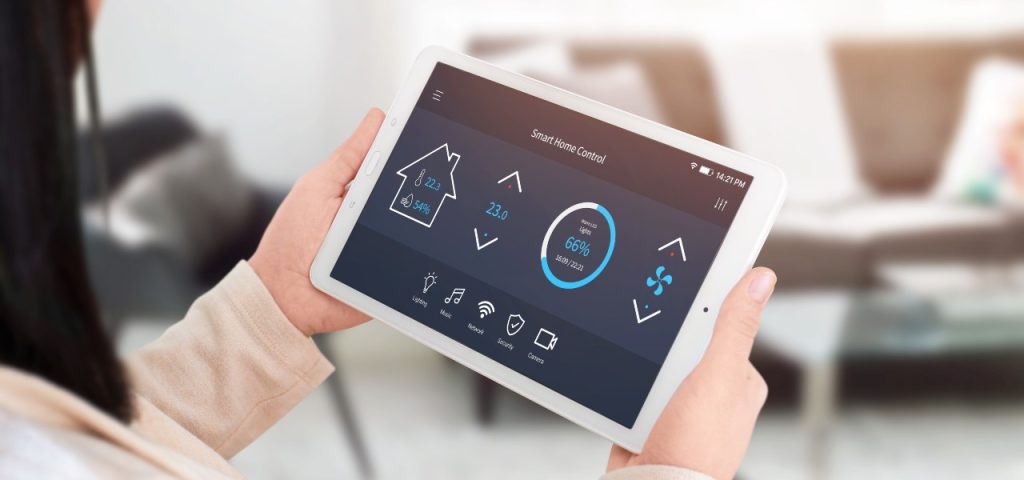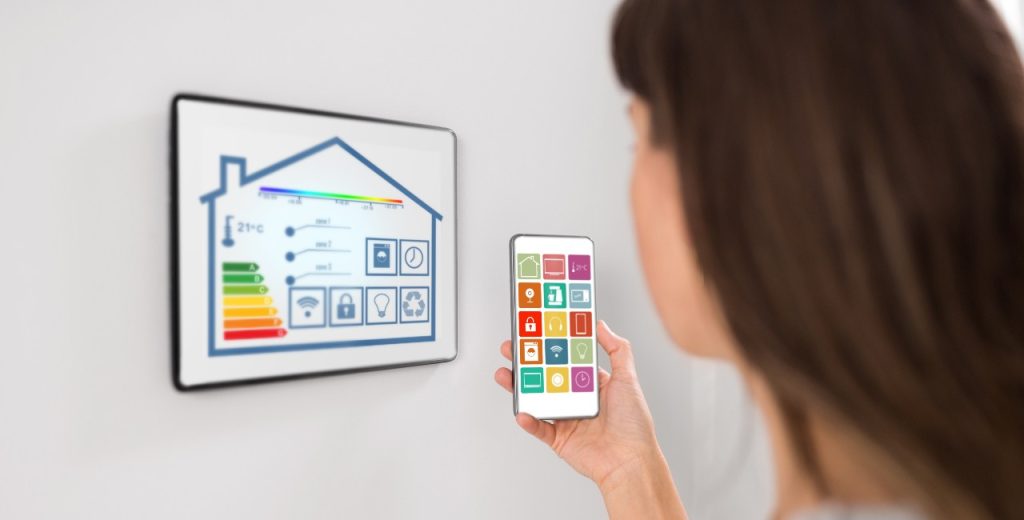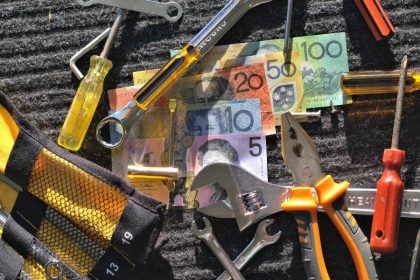If you have chosen to upgrade almost any electrical component in your home recently, you would have likely considered making the “smart” tech switch.
The number of available smart home options is now greater than ever, with many Aussies already drawn in by the array of innovative, convenient options the technology offers modern living.
But it’s not the tech’s futuristic features that make it the smartest choice when replacing electronic devices.
Utilising the technology can also help homeowners slash their power bills and save thousands of dollars on otherwise out-of-control energy prices.
Build-it has compiled reveal the latest smart-home tips ahead of this winter to save on power bills.
But first, what is a smart home device?
Smart home devices are electronic appliances that link up to your computer, tablet or smartphone, where they can all be adjusted, turned on, or off through settings within one app.
They allow users to control the micro elements of each smart compatible appliance while keeping track of power use with a finger tap.
And while most smart home device settings cater towards purely aesthetic and time-saving purposes, users can also spark significant savings by monitoring and shifting energy use away from peak demand periods.
Can smart home devices really save me money?
While federal and state governments recently announced a range of one-off energy bill rebates as part of their 2024/2025 budget announcements, many Aussies are still looking for more consistent ways to save.
Smart devices have quickly emerged as a potential solution for ratepayers to bring down power bills more permanently.
More than 40 per cent of Australians now consider smart tech to be one of the easiest ways to reduce their energy costs as they leverage the tool’s ability to manage the energy efficiency of both individual appliances and larger systems such as heating and air conditioning.
By using technology to manipulate the energy consumption of power-hungry devices, homeowners can expect to save thousands of dollars on their energy bills within the very first year.
Smart energy monitors
Smart energy monitors track real-time electricity usage, providing homeowners with helpful advice on the best way to reduce energy use and enhance the energy efficiency of connected appliances.
Monitoring how much electricity a particular device is using can help ratepayers decide when and what settings to use that specific device to save on running costs.

For example, using the tumble dryer in the evening during a peak-energy period could cost hundreds of dollars more per year than if its use was restricted to off-peak energy periods during the day, where it could utilise solar if installed.
An energy monitor can also help highlight any appliances that are unexpected power drains.
Undetected power faults cause devices to over-consume energy unless replaced, while some appliances run unnecessary background activities during peak hours that cost more.
Home energy management systems
The increased electrification of Aussie homes has become vital for the government to reach its net zero by 2050 carbon goals.
However, as properties switch off the gas and plug into their replacement electrical systems, managing electrical usage will be a critical factor in keeping those power bills low.

A home energy management system (HEMS) can manage electrical devices throughout the home, from water tanks to pool pumps and even EV charges, ensuring electricity usage is affordable by automating a device’s running duration and time.
The HEMS ensures the household’s larger electrical loads are shifted away from peak periods and use more conservative power settings to effortlessly bring down electricity bills.
Individual smart devices
Even simple changes like switching over to smart lighting can help claw back savings.
Lighting already accounts for 21 per cent of smart device sales. It allows uses to manage lighting functions with more energy-efficient settings such as reduced brightness and turning off automatically.
However, the biggest energy savings are made through areas of your home that typically consume the most electricity.

So if energy bill savings are your primary reason for making a smart device switch, we suggest considering the areas of your home where you will likely consume the most energy.
For most Aussies, that’s typically running a heater or cranking up the air conditioning.




